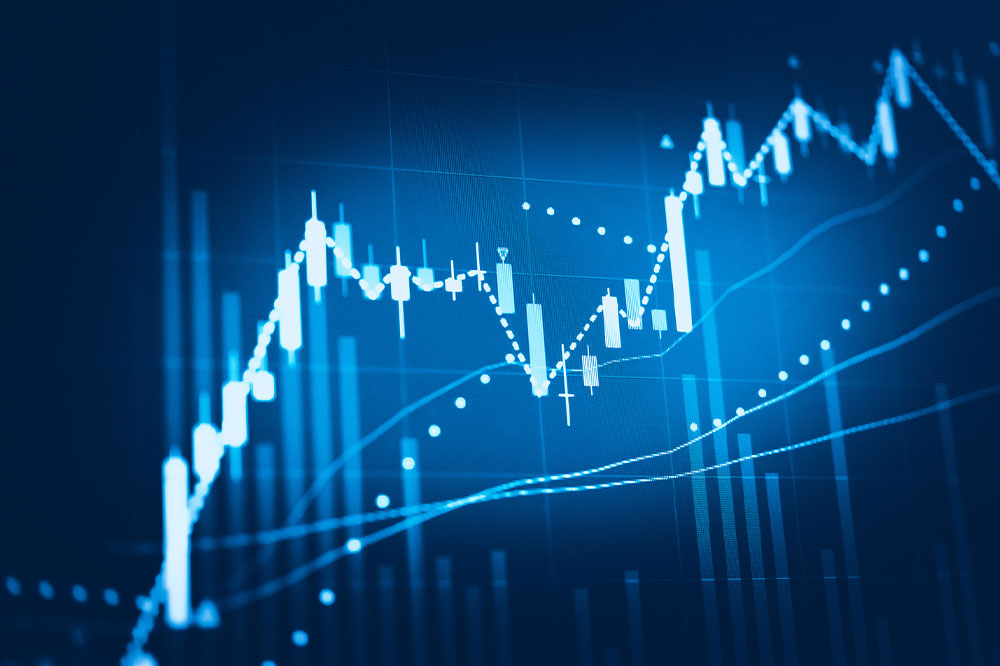A Complete Guide to Investing in Commodities for Beginners and Experienced Investors
This comprehensive guide provides an in-depth overview of investing in commodities, covering various investment options, benefits, risks, and practical strategies. Suitable for both beginner and experienced investors, it highlights how commodities can diversify portfolios, hedge against inflation, and enhance returns, while emphasizing caution due to market volatility and costs. Read on to learn how to navigate this dynamic asset class and successfully incorporate commodities into your investment strategy.

A Complete Guide to Investing in Commodities for Beginners and Experienced Investors
Over recent decades, commodities have established themselves as a distinct and essential asset class within the global financial markets. For both novice and seasoned investors, understanding how to effectively invest in commodities can open doors to diversified income streams and potentially lucrative returns. This comprehensive guide aims to deepen your understanding of commodities, explore various investment options, and provide practical tips to navigate this dynamic market landscape successfully.
Commodities are tangible goods that serve as the foundational elements of trade and industry. They encompass a wide array of products, from agricultural produce to precious metals, energy resources, and industrial materials. The tradability and standardized nature of commodities make them a unique asset class in the financial world. Investors can participate directly by purchasing physical commodities or indirectly through derivatives such as futures contracts, exchange-traded funds (ETFs), and other financial products. As an asset class, commodities often demonstrate distinct price behaviors and correlations with traditional equities and bonds, offering diversification benefits to investment portfolios.
Why Invest in Commodities?
Investments in commodities have gained increasing popularity among investors seeking to diversify their investment portfolios, hedge against inflation, and capitalize on emerging economic trends. Commodities can provide impressive returns, especially in periods of economic growth or inflationary pressures, when their prices tend to rise relative to other assets. Furthermore, commodities are a vital part of the global economy, and their prices are often influenced by macroeconomic factors such as geopolitical stability, supply chain disruptions, weather patterns, and technological advancements.
Despite their potential, investing in commodities requires a clear understanding of their unique characteristics and risks. Modern investment tools like exchange-traded funds (ETFs) have simplified access for everyday investors, making commodity trading more accessible than ever. However, it's essential to be aware of the specific considerations that distinguish commodities from traditional stocks or bonds.
Key Considerations When Investing in Commodities
Lack of Income Through Dividends or Interest
Unlike stocks or bonds, commodities do not generate income in the form of dividends or interest. Their value is primarily driven by supply and demand factors. This means investors rely solely on price appreciation for gains, emphasizing the importance of market timing and analysis.Volatility and Market Fluctuations
Commodity prices are often highly volatile, influenced by unpredictable factors such as weather events, geopolitical tensions, and global economic shifts. While this volatility can create opportunities for substantial gains, it also poses significant risks. Liquidity issues may also arise, especially during periods of market stress, making it crucial for investors to approach commodity investments with caution.Transparency and Market Structure
Price transparency can vary across commodity markets. Some markets are more transparent and regulated, while others may be subject to manipulation or lack of sufficient information, impacting pricing accuracy and investor confidence.Not Suitable as a Hedging Tool for Broader Markets
While commodities, especially futures related to energy and precious metals, are often used to hedge against inflation, they are less effective for diversifying or hedging broader equity market risks. Investors should recognize the specific purpose and limitations of commodity-based hedges.Additional Costs
Investing in physical commodities involves additional expenses such as storage, insurance, and transportation, which can reduce overall returns. For those investing via financial products like ETFs or futures, management fees and trading commissions also add to the cost structure.Investment Risks and Strategies
All investments carry inherent risks, and commodities are no exception. Market swings based on futures, geopolitical tensions, and economic cycles can lead to significant price movements. Nonetheless, with proper strategy and risk management, commodities can serve as a valuable component in diversified portfolios.For those new to commodity investing, starting with a focused approach—such as investing in a single commodity like gold or agricultural products—and gradually expanding based on market insights and risk tolerance is advisable. Working with professional fund managers or financial advisors can help optimize returns, especially through commodity-focused mutual funds or ETFs that offer diversified exposure.
In conclusion, commodities offer unique investment opportunities that can complement traditional asset classes. Nevertheless, they require diligent research, risk awareness, and tactical execution to harness their full potential. By understanding the intrinsic properties of commodities and employing sound investment principles, investors can potentially achieve favorable outcomes while mitigating inherent risks.





